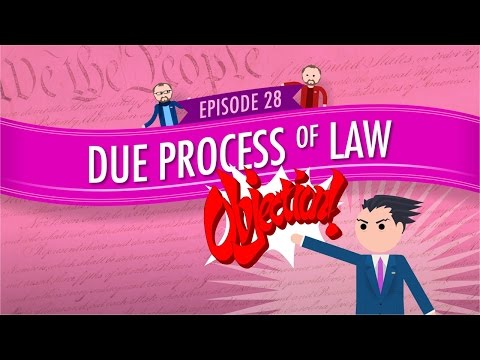
Welcome to this informative article on “Understanding the Legal Framework: Defining Digital Content in US Law.” It is important to note that while this article provides a general overview of the topic, it is always prudent to cross-reference with other reliable sources or consult legal advisors for specific legal advice. Let’s dive into the fascinating world of digital content in US law!
Understanding Digital Law in the United States: A Comprehensive Overview
Understanding Digital Law in the United States: A Comprehensive Overview
In today’s increasingly digital world, it is important to have a firm grasp of the legal framework that governs digital content in the United States. From intellectual property rights to online contracts, understanding digital law is crucial for individuals and businesses alike. This comprehensive overview will provide you with a solid foundation in the key concepts of digital law in the US.
📋 Content in this article
Defining Digital Content in US Law:
1. Intellectual Property Rights:
– In the context of digital law, intellectual property refers to creations of the mind, such as inventions, designs, logos, literary and artistic works, and software.
– Trademarks: protect brand names, logos, and symbols used in commerce.
– Copyrights: protect original works of authorship, including books, music, software, and movies.
– Patents: protect inventions and new technologies.
2. Online Contracts:
– Online transactions are governed by contract law, just like traditional offline transactions.
– Clickwrap Agreements: These are commonly seen as “I Agree” checkboxes or buttons when downloading software or making online purchases. By clicking on ‘I Agree,’ users are legally bound by the terms of the agreement.
– Shrinkwrap Agreements: These are agreements that are included with software or other digital products. By opening the product packaging or using the software, users are deemed to have accepted the terms of the agreement.
– Browsewrap Agreements: These agreements are often found on websites through links to terms of service or privacy policies. Users are bound by these agreements simply by using the website.
3. Privacy and Data Protection:
– The collection and use of personal data are central concerns in digital law.
– The Fourth Amendment: Protects individuals from unreasonable searches and seizures by the government.
Understanding Digital Law: A Comprehensive Overview of its Scope and Implications
Understanding the Legal Framework: Defining Digital Content in US Law
Digital content has become an integral part of our daily lives, whether through streaming services, social media platforms, or online shopping. As technology advances and our dependence on digital platforms grows, it is crucial to understand the legal framework surrounding digital content in the United States. This article aims to provide a comprehensive overview of this complex topic and shed light on its scope and implications.
What is Digital Content?
Digital content refers to any type of information or creative material that is stored, transmitted, or accessed through digital systems. This includes text, images, audio, video, software programs, databases, and other forms of electronic data. With the increasing prevalence of smartphones, tablets, and computers, digital content has become ubiquitous in our society.
Legal Protection of Digital Content
In the United States, digital content is protected by various laws and regulations. These legal protections aim to safeguard the rights of creators and users while promoting innovation and creativity. The main areas of law that govern digital content include:
Understanding the Legal Framework: Defining Digital Content in US Law
Introduction:
In today’s digital age, the consumption and distribution of digital content have become an integral part of our lives. As such, it is crucial to have a clear understanding of the legal framework that governs digital content in the United States. This article aims to provide an overview of the key concepts in US law relating to digital content. However, readers are advised to verify and cross-reference the information provided here, as laws and regulations may change over time.
The Definition of Digital Content:
Digital content refers to any type of material that is stored, transmitted, or accessed in digital form. This includes but is not limited to text, images, audio files, video files, software, and databases. In US law, digital content is often subject to different legal frameworks depending on its specific nature.
Copyright Law:
Copyright law plays a significant role in protecting digital content in the United States. Under the Copyright Act, digital content is automatically protected by copyright as soon as it is created and fixed in a tangible medium of expression. This means that the creator of original digital content has exclusive rights to reproduce, distribute, display, and perform their work.
Fair Use Doctrine:
The fair use doctrine is an essential exception to copyright law that allows for the limited use of copyrighted material without permission from the copyright holder. Fair use is determined through a case-by-case analysis, considering factors such as the purpose and character of the use, the nature of the copyrighted work, the amount and substantiality used, and the effect on the market for the original work.
Digital Millennium Copyright Act (DMCA):
The DMCA is a federal law that addresses copyright infringement issues arising from digital content. It provides provisions for online service providers (OSPs) to protect themselves from liability for copyright infringement committed by their users. The DMCA also establishes procedures for notice and takedown requests, allowing copyright holders to request the removal of infringing content hosted by OSPs.
